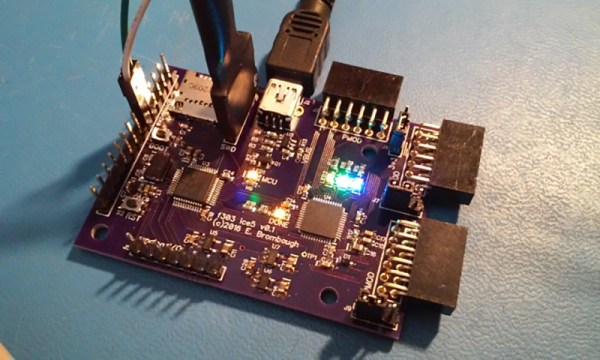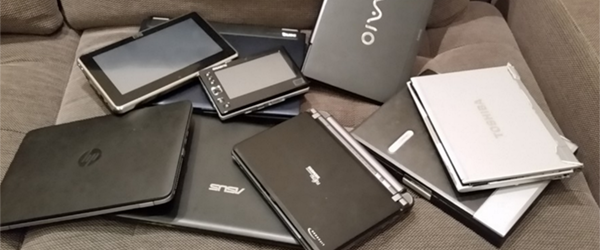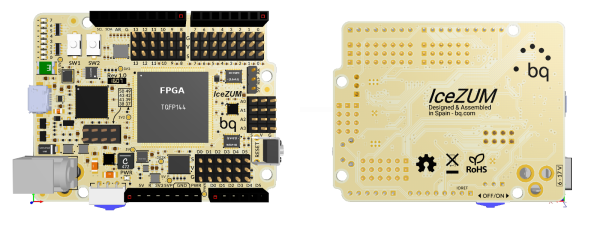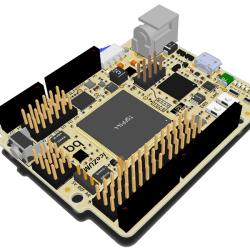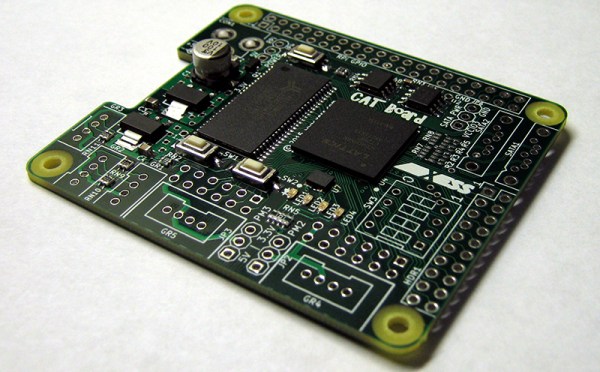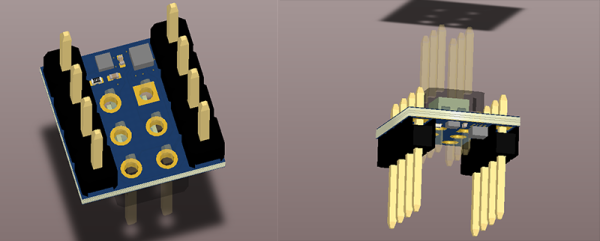Here’s a life protip for you: get really, really good at one video game. Not all of them; you only want to be good – top 10% at least – at one video game. For me, that’s Galaga. It’s a great arcade game, and now it’s IoT. [justin] has been working on publishing high scores from a Galaga board to the Internet. The electronics are actually pretty simple – just a latch on a memory address, and an ESP8266 for comms.
On with the mergers and acquisitions! Lattice has been sold to Canyon Bridge, a Chinese private equity firm, for $1.3 Billion. Readers of Hackaday should know Lattice as the creators of the iCE40 FPGA platform, famously the target of the only Open Source FPGA toolchain.
The Internet of Chocolate Chip Cookies. Yes, it’s a Kickstarter for a cookie machine, because buying a tube of pre-made cookie dough is too hard. There is one quote I would like to point out in this Kickstarter: “Carbon Fiber Convection Heating Element (1300W) is more energy-efficient than traditional electric elements and heats up instantly.” Can someone please explain how a heating element can be more efficient? What does that mean? Aren’t all resistive heating elements 100% efficient by default? Or are they 0% efficient? The Internet of Cookies broke my brain.
The USB Rubber Ducky is a thumb-drive sized device that, when plugged into a computer, presents itself as a USB HID keyboard, opens up a CLI, inputs a few commands, and could potentially do evil stuff. The USB Rubber Ducky costs $45, a Raspberry Pi Zero and a USB connector costs $6. [tim] built his own USB Rubber Ducky, and the results are great.


